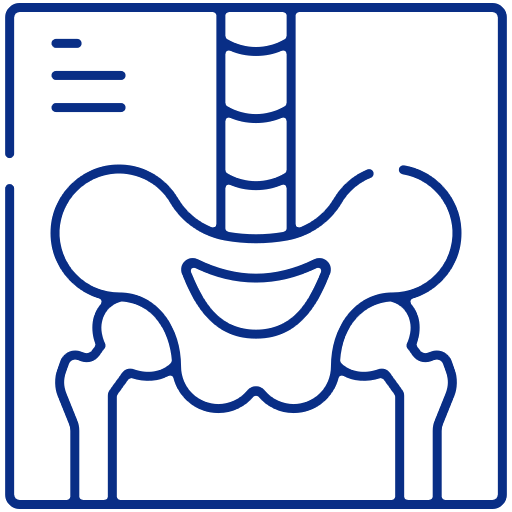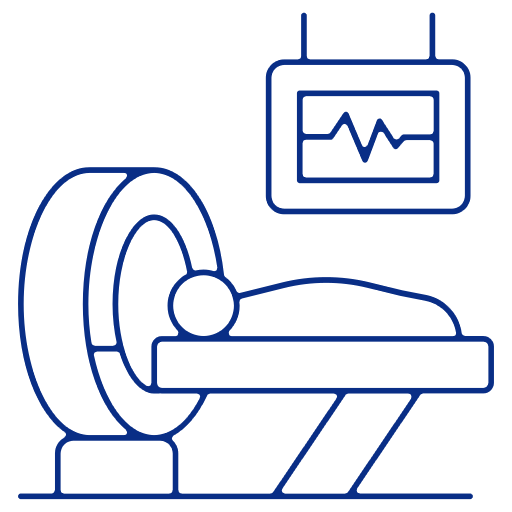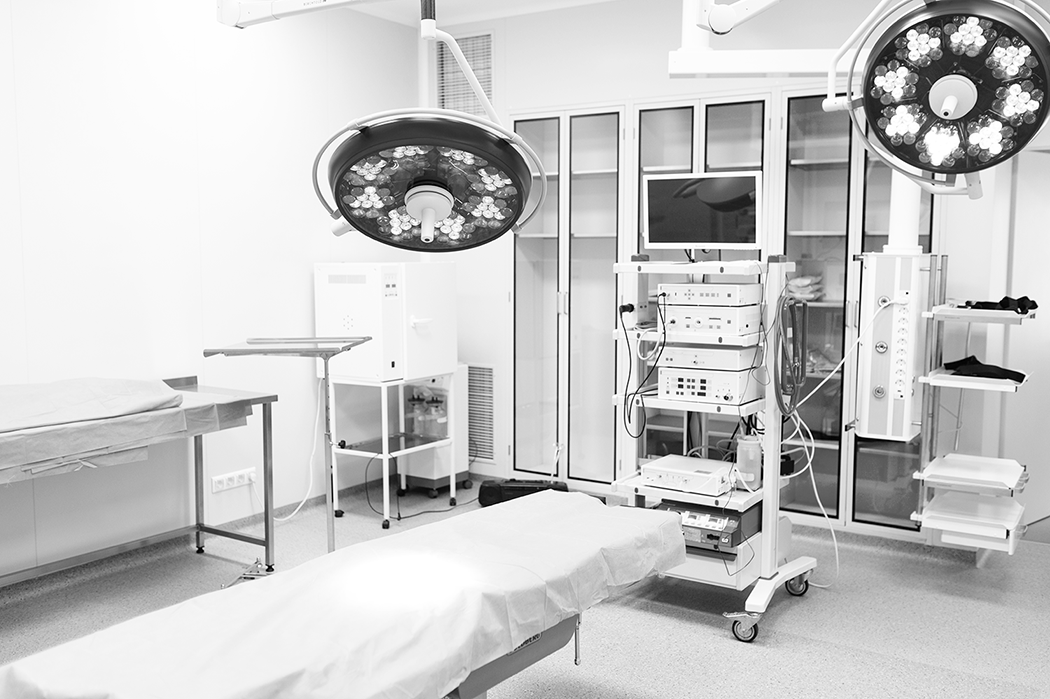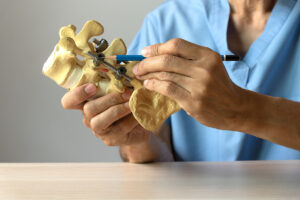Cervical Fracture Treatment in NJ & NY







What is a Cervical Fracture?
A cervical fracture is a break in one or more of the cervical vertebrae, which are the seven bones in the neck that form the upper part of the spine.
This type of fracture is often the result of a high-energy trauma such as a car accident, a fall from a significant height, or a sports-related injury. Since the cervical spine is responsible for housing and protecting the spinal cord, a cervical fracture can be particularly serious, potentially leading to paralysis or even death if the spinal cord is damaged.
Diagnosing and treating a cervical fracture promptly is critical to prevent complications. The symptoms of a cervical fracture can include neck pain, swelling at the back of the neck, numbness or tingling in the limbs, and in severe cases, inability to move the limbs.
The C2 Vertebra is the Most Commonly Fractured
48% of Cervical Fractures Involve the Cervical Spine
Most Commonly Affects the C7 Vertebrae
Diagnostic Services
Accurate diagnosis is fundamental to effective cervical fracture treatment. At the Institute of Comprehensive Spine Care, we use state-of-the-art diagnostic services to precisely identify the extent and location of your condition.

X-Rays
Provide clear images of the skeletal structure, enabling us to identify abnormalities and assess the condition of the cervical spine, crucial for diagnosing conditions like cervical fractures.

Physical Examination
Offer direct patient-doctor interaction, allowing the physician to assess symptoms, perform specific tests for nerve function and reflexes, and understand the patient's medical history, all of which are critical for diagnosing.

CT Scans
Provide highly detailed cross-sectional images of the body, including bones, blood vessels, and soft tissues, allowing for a precise evaluation of the cervical spine structure.

MRI Scans
Offer detailed images of soft tissues—including nerves, muscles, and intervertebral discs—in addition to the skeletal structure.

What are Cervical Fracture Treatment Options?
Discovering the Possibilities

Treatment Options
Non-Surgical Treatment
These Treatmentfocus on conservative and non-invasive approaches to alleviate pain and restore function.
Physical Therapy

Observation & Check-ups

Over the Counter Medications

Immobilization

Surgical Treatment
When surgical intervention is necessary, Dr. Bo is a highly skilled and experienced spine surgeon who specializes in a range of surgical procedures.
Restoring Comfort and Mobility
Guiding You Towards Improved Health
Don't Just Take Our Word For It
Dr. Bo has over 500 5-star reviews.

Professional Help for Cervical Fracture Treatment in NY & NJ

The Most Trusted Spine Surgeon in NY & NJ
Dr. Gbolahan Okubadejo, affectionately known as Dr. Bo, is a top-rated spine surgeon based in the NY/NJ metropolitan area. He leads The Institute for Comprehensive Spine Care, providing patient-centered care and demonstrating a commitment to excellence. Besides his clinical work, Dr. Bo is a respected researcher, a recipient of prestigious awards, and an advocate for preventive care and minimally invasive procedures. His patient-centered approach extends to educating patients and involving them in their treatment decisions.
Insights On Cervical Fractures
Explore Our Resources
Cervical Fracture FAQs
Answers to Common Questions. Click to Learn More
Typically, they result from traumatic incidents such as car accidents, falls, sports injuries, or direct blows to the neck. Conditions like osteoporosis or certain diseases that weaken the bones may also increase the risk of cervical fractures.
Severe neck pain, swelling, tenderness, limited range of motion, and difficulty in moving the head or neck are some of the more common symptoms of cervical fractures.
No, cervical fractures can vary in terms of location, severity, and type. Some fractures may involve only a crack in the bone, while others may cause the bone to break into separate pieces. The specific characteristics of the fracture will determine the appropriate cervical fracture treatment approach.
Recovery time varies depending on the individual and the specific fracture. Minor fractures may heal within a few weeks with appropriate immobilization and rehabilitation, while more severe fractures may require several months of treatment and rehabilitation.
Surgery is not always necessary for cervical fractures. Minor fractures that are stable and do not pose a risk of spinal cord compression or instability may be managed conservatively with non-surgical treatments such as immobilization and rehabilitation.
However, in cases of severe fractures, spinal cord compression, or unstable fractures, surgery may be required to restore stability, decompress the spinal cord, and facilitate proper healing.
While it may not always be possible to prevent cervical fractures entirely, certain precautions can help reduce the risk. These include wearing seat belts in vehicles, using appropriate safety equipment during sports activities, maintaining good posture, avoiding risky behaviors, and seeking medical advice for conditions that may weaken the bones, such as osteoporosis.







